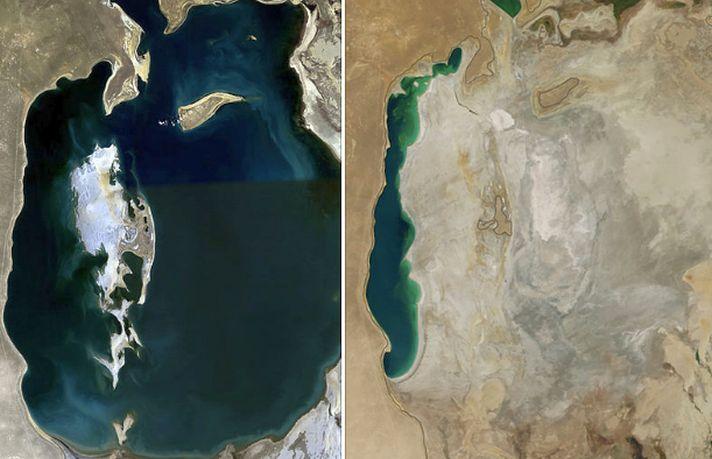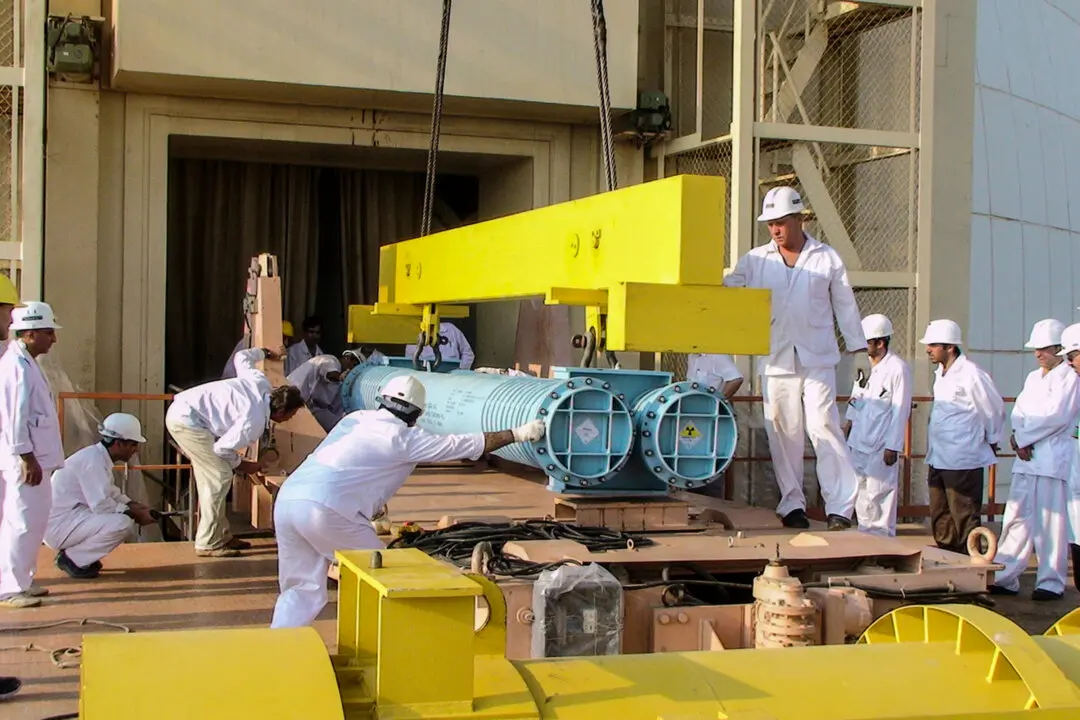The Aral Sea, once the fourth largest lake in the world, has almost completely dried up—but it’s mostly a man-made phenomenon, described as “one of the planet’s worst environmental disasters.”
Originally, the lake covered 26,300 sq miles between Kazakhstan and Uzbekistan. However, it’s been steadily shrinking since the 1960s after Soviet irrigation projects diverted rivers that fed into it, splitting it into four, much smaller lakes.





